
Many of us have heard of grounding but may not fully understand what the term means or how to implement it into our daily life.
This post will help you discover the transformative effects of incorporating herbs for grounding into your daily routine.
With busy schedules, different commitments, and daily stressors, we often forget to care for ourselves by being mindful of what our body needs. In addition, anxiety can be a common problem at any age. The grounding process can help us all return to a calm and relaxed state.
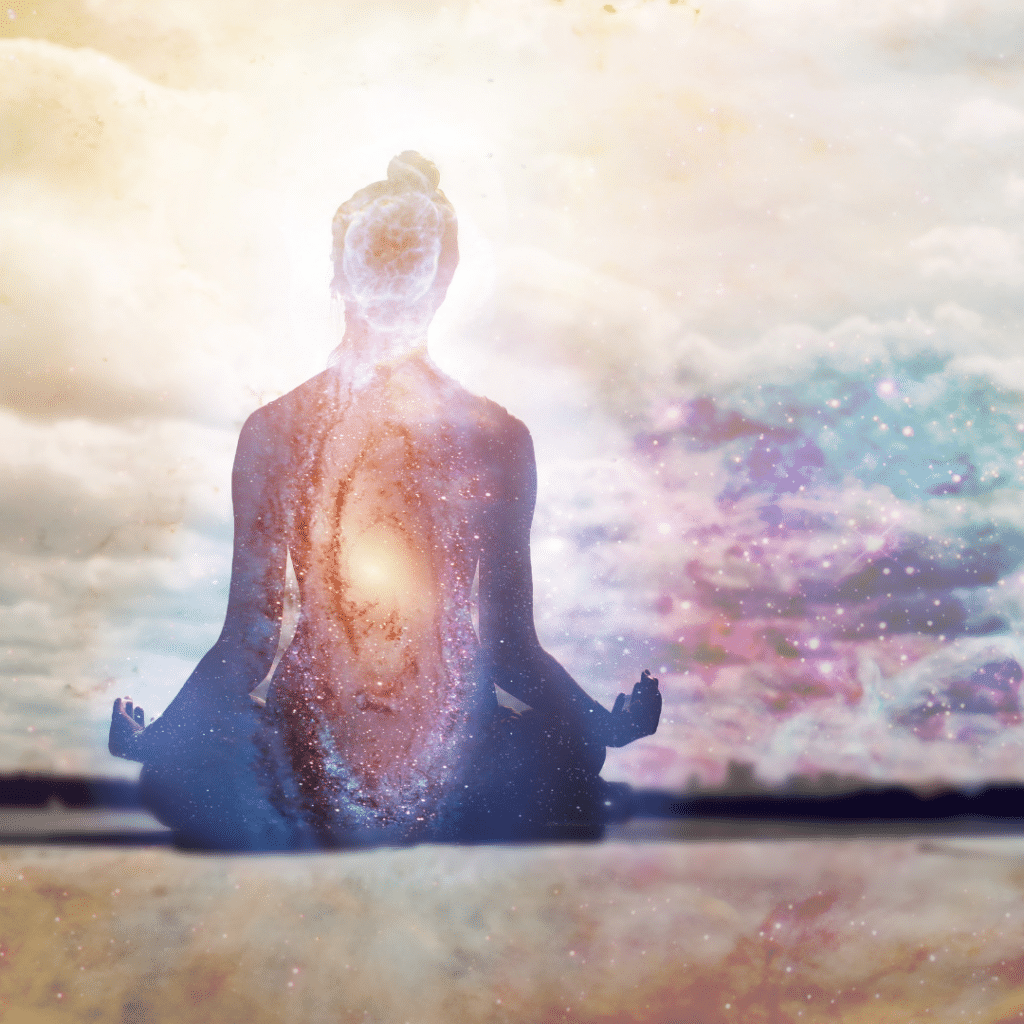
The process of grounding serves as a means to reestablish a profound connection with our energy centers, commonly known as Chakras. These Chakras comprise seven primary centers.
The Root Chakra, positioned at the base of the spine, plays a pivotal role in instilling a sense of grounding and security within us. It serves as a conduit linking us to the Earth, providing sustenance for our survival and facilitating the release of bodily toxins.
The Root Chakra exerts influence over various bodily systems, including the circulatory, urinary/excretory, and reproductive systems, as well as the legs, bones, and teeth. Additionally, it impacts the nose and olfactory system, enhancing stability and physical energy.
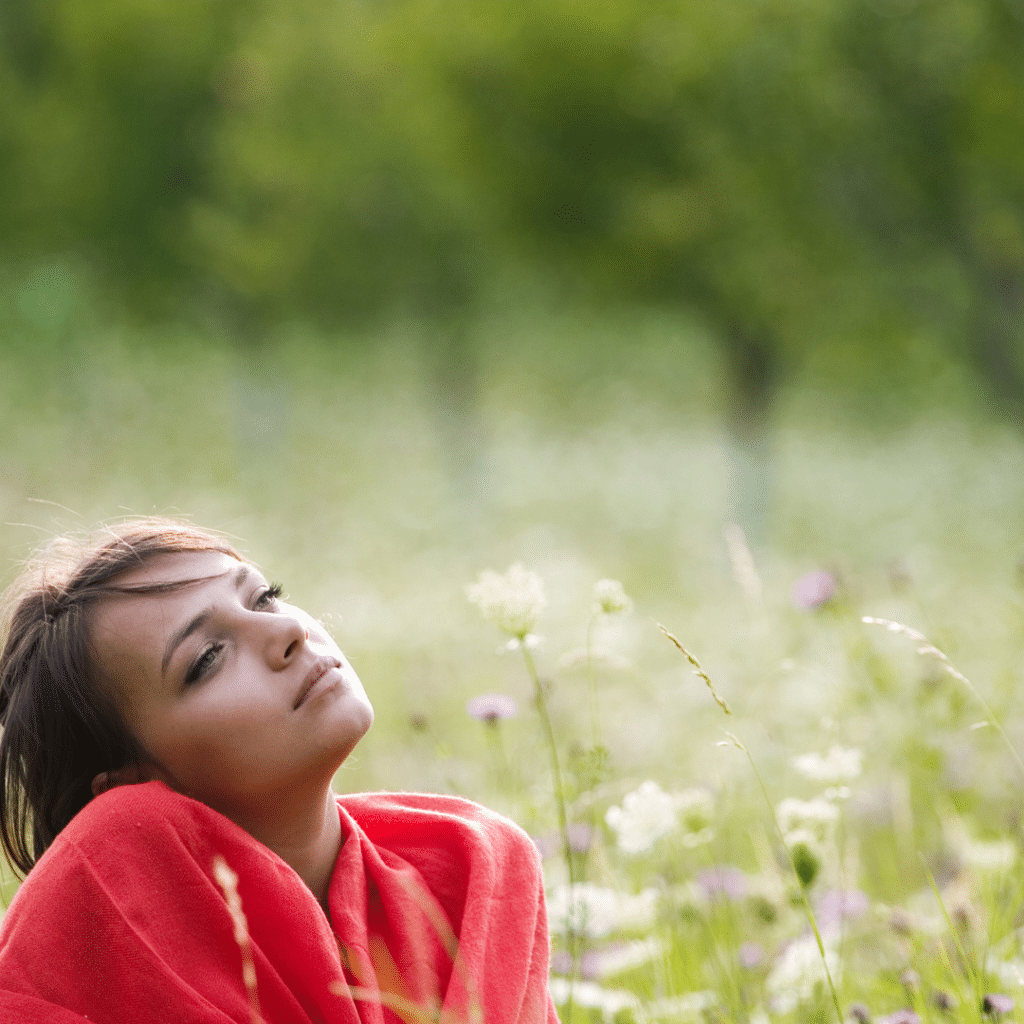
Some of the signs that you have an imbalanced root center are:
- Excessive daydreaming.
- A lack of fulfillment and satisfaction.
- Allowing harmful or destructive emotions to influence your behavior, such as addictive behaviors.
- Unhealthy codependent relationships.
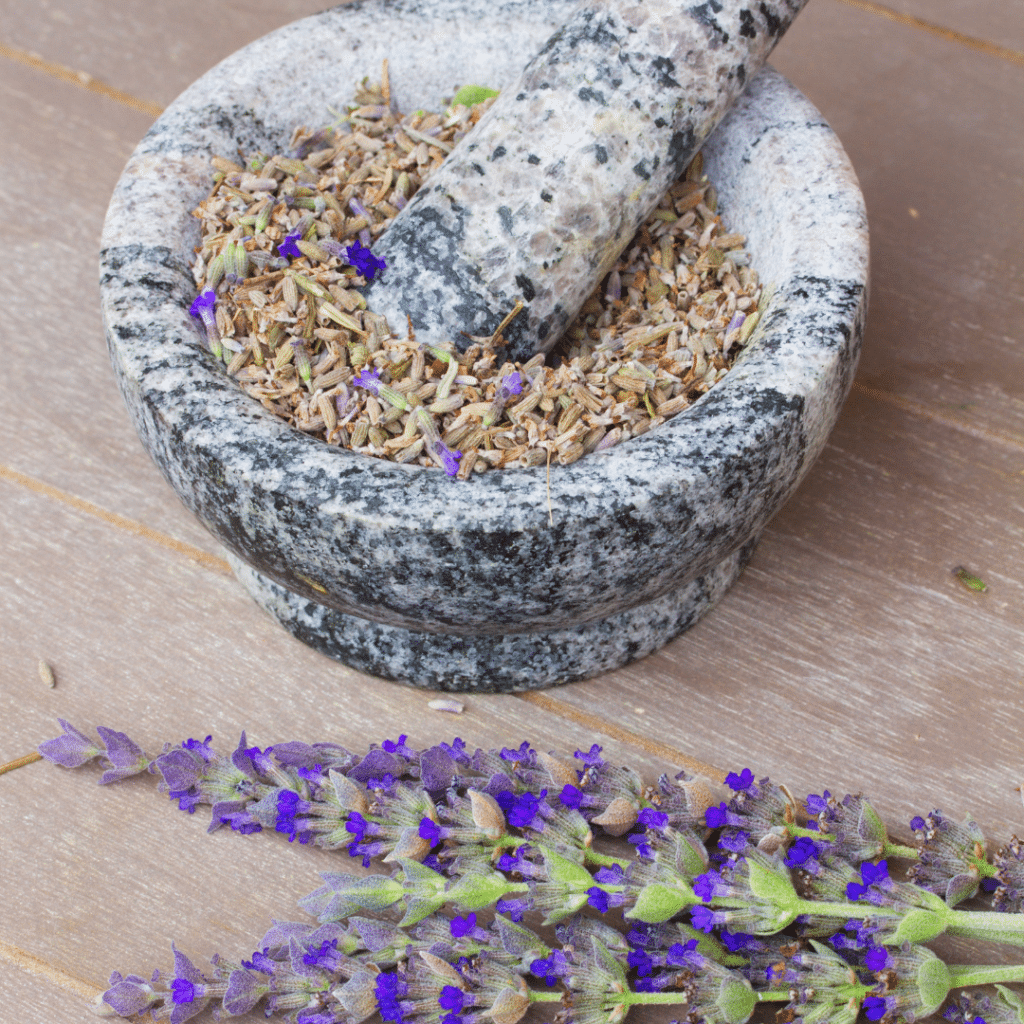
Plants have a grounding effect and can be a cornerstone of optimal health. Plants are a natural gift. An herb garden can be the best option for creating your high-quality herbal superstars. You can create your own blend of aromatic herbs.
Lavender flowers, for example, can be used in teas or oils for a calming effect. Even the aroma of dried lavender in a tea bag can reduce stress.
In times of uncertainty, plants possess a remarkable capacity to provide healing and solace. They serve as a poignant reminder that we are eternally connected to a larger existence.
With their roots firmly anchored in the Earth, plants embody the essence of being truly grounded. Their roots mean they are quite literally ‘grounded’ in the Earth.

During times of uncertainty and hopelessness, many strategies can help us be present and work through these feelings, such as meditation.
Meditation allows us to ease the tension in our lives. Meditation is one technique that is often used for stress management and helps to alleviate mental fog. Journaling, another option, allows us to process our feelings in written form.
Additionally, dance or yoga allow us to express our feelings and work through our emotions.
One vital connection to make is to understand that self-love may involve getting rid of toxic relationships in your life. Taking responsibility for yourself and keeping peace with past issues or people are other ways to balance your root chakra.
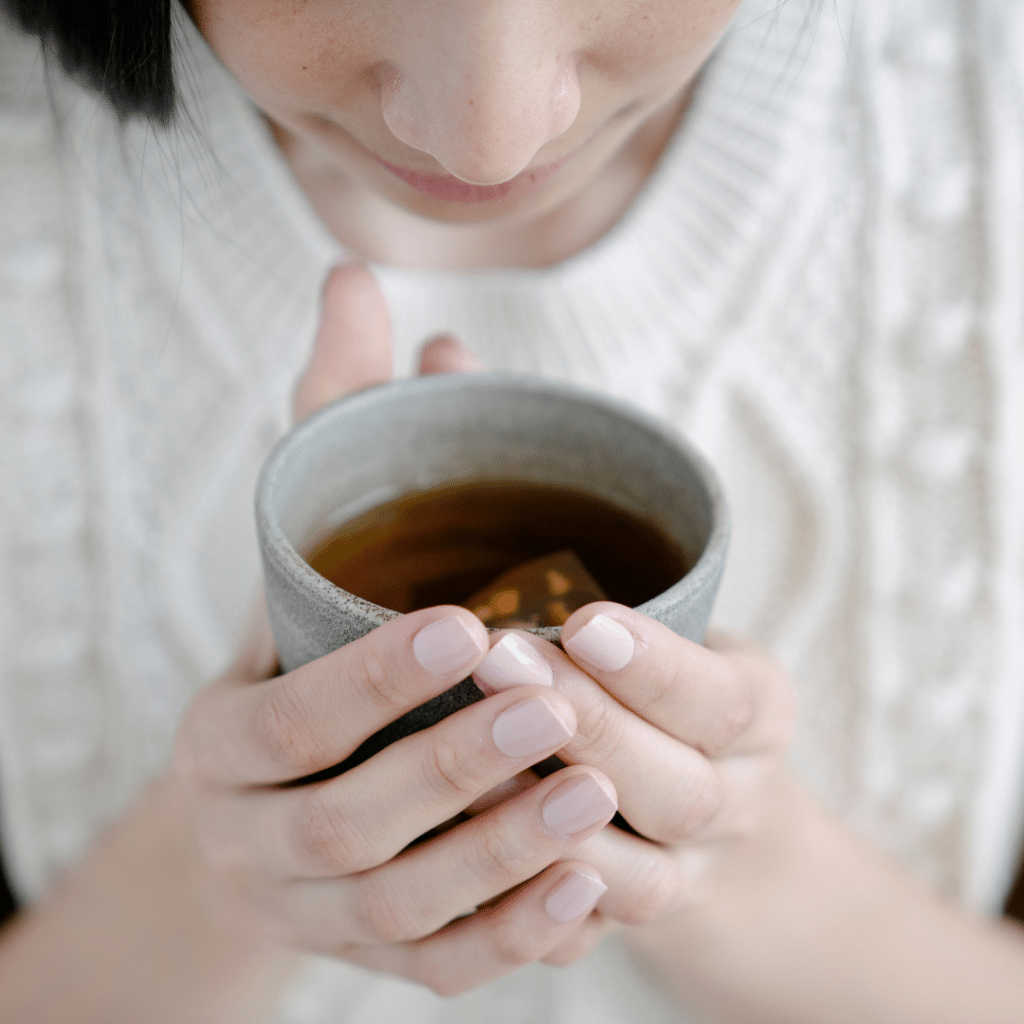
Indulging in the soothing ritual of sipping herbal tea offers a splendid avenue to achieve tranquility and a sense of groundedness. Beyond being a means to embrace the present moment, an herbal infusion holds the potential to bestow medicinal benefits that bolster overall well-being and fortify the immune system.
To enhance absorption, the inclusion of black pepper in the herbal tea proves beneficial. This delightful practice allows one to relish a myriad of potent, curative, and calming properties found within herbal remedies.
When preparing, the dosage may vary for different herbs, but as a general guideline, placing one tablespoon of dried herbs (or two tablespoons of fresh herbs) in a tea ball, tea bag, or strainer and immersing it in a cup of hot water is recommended.
Allowing the herbs to steep for up to ten minutes, depending on the desired potency of the herbal tea, is advised. It’s worth noting that steeping for too long may result in a slightly bitter taste.

Some beneficial organic herbs are listed below. Each of the dried herbs works in a different way.
Ashwagandha is known for its rejuvenating effects on the nervous system. It can help with stress and anxiety and is good for heart health.
Holy Basil is a wonderful herb for the nervous system. It encourages flow and can help move thought into action. It is also supportive of the immune system and helps to nourish the stress response system to be more resilient.
Within Green Tea, there exists an amino acid called Theanine, which guides caffeine towards cognitive pathways, amplifying mental clarity without inducing jittery sensations.
Turmeric is an anti-inflammatory. Turmeric can be both comforting and invigorating at the same time.
Yarrow is helpful in fighting infections .
Kava lends its remarkable properties to promote relaxation of both the mind and body. This extraordinary herb proves beneficial in alleviating stress, anxiety, and insomnia, offering relief from these common afflictions.
Oregano and Thyme are nutrient-dense and full of essential vitamins and minerals.
Rosemary is packed with nutrients and is very soothing for the body.
Cinnamon and Ginger help with digestion, soothe nerves and pain, and help to ward off bacteria and viruses.
Chamomile is regarded as one of the most widely favored herbs for inducing relaxation and holds a prominent position among herbal enthusiasts.
Sage is good for the brain. It quickens the senses and aids in memory.
Damiana possesses remarkable qualities that promote a sense of calm and invigoration within the gastrointestinal (GI) tract. Simultaneously, it serves as an uplifting agent for the spirit while stimulating circulation, particularly in the pelvic region.
Among herbalists, lavender holds a special place as an all-time favorite herb for alleviating difficult emotions. Its remarkable ability to soothe the nervous system offers a calming effect, serving as a grounding force for both the body and the senses during periods of heightened stress.
Passionflower is a calming herb, but it has also been used topically to treat boils, wounds, and earaches.
Ginseng is thought to help boost cognitive functions that improve memory and elevate mood.
Lemon balm dates back to the Middle Ages. Lemon balm is used to promote sleep, ease tension, settle digestive discomfort, and improve appetite.
Incorporating herbal supplements into one’s routine presents an additional avenue to bolster cognitive functions, enhance the digestive system, and furnish the body with vital nutrients.

As mentioned previously, good nutrition is extremely important and grounding.
Beets are an example of a food that replenishes your body and offers many benefits to your overall health. Beets are a deep magenta root vegetable high in Vitamin C, fiber, and essential nutrients like potassium and manganese.
Beets are known to boost stamina, and help detoxify the body (especially the liver, which is associated with emotional holdings of stress, anxiety, and depression). Beets also lower blood pressure.
Below is a recipe from Maui Medicinal Herbs of a beet smoothie bowl you may want to try. The ingredients are all blended together and then topped with one or more of the optional garnishes.
INGREDIENTS
- 1 cup frozen or fresh blueberries
- 1/2 cup raw red beets, diced small {approximately 1 medium-sized beet}
- 2 small apple bananas
- 1/4 cup coconut
- 2 handfuls Kale
- 10 mint leaves – adds a nice cooling effect
- 2 chunks of peppermint chocolate
- 3/4 cup almond or coconut milk
- 1 tablespoon kava powder
OPTIONAL GARNISHES:
- Hemp seeds
- Bee Pollen
- Fresh Berries
- Frozen banana slices
- Coconut chunks
- Honey or maple syrup
- Lilikoi
- Gluten-Free Granola
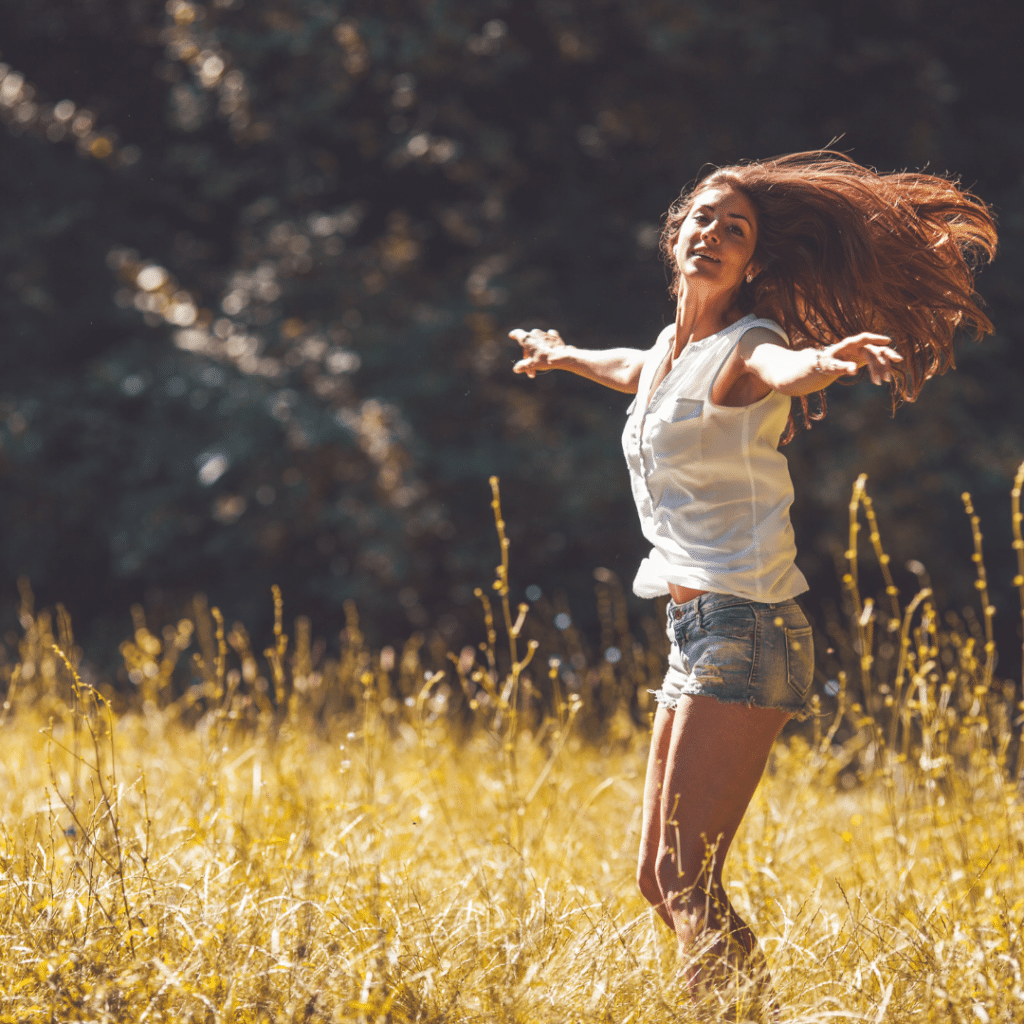
By integrating herbal medicine, culinary herbs, essential oils, improved nutrition, or meditation into your daily routine, you invite the infusion of nature’s essence and positive energy into your human realm, leading to multifaceted benefits.
There exists a profound enchantment when we embrace the stress-relieving attributes of aromatic plants and incredible greens.
Taking inspiration from Native Americans, it becomes evident that potent herbs hold tremendous medicinal potential. Embracing these practices empowers us to harness the remarkable healing power of nature.

Michael J. Brown, RPh, BCPS, BCPP
Mr. Brown is a Clinical Pharmacist specializing in pharmacotherapy and psychiatry.
Feel free to send Michael a message using this link.
Disclosure: This post may contain affiliate links, meaning, at no additional cost to you, I may earn a commission if you click on, or make a purchase through a third-party link.










